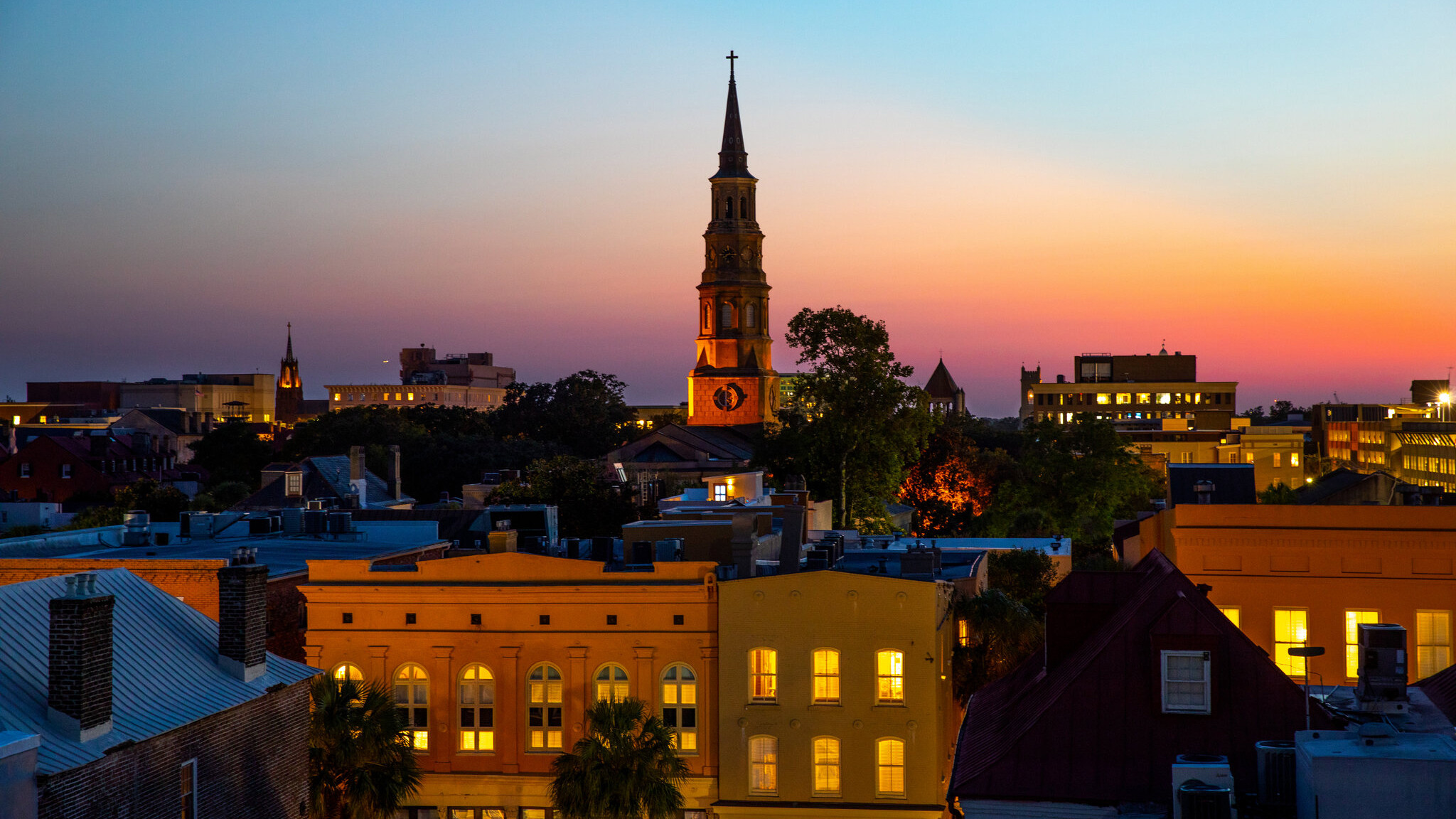Why are the houses sideways in Charleston?

Charleston, with its cobblestone streets and antebellum charm, harbors a peculiar yet endearing feature—sideways houses. In this exploration, we will uncover the fascinating story behind why some houses in Charleston stand perpendicular to the street, creating a unique architectural spectacle.
1. Preserving the Historic Aesthetic: Charleston's Commitment to Tradition
In the heart of Charleston's historic districts, you'll find houses standing sideways to the street. This architectural choice is rooted in the city's commitment to preserving its historic aesthetic. By maintaining the traditional placement of houses, Charleston keeps the visual continuity of its centuries-old streetscapes.
2. Embracing the Tidal Influence: A Practical Response to Flooding
Charleston, nestled along the Atlantic coast, faces the challenges of tidal influence and occasional flooding. Sideways houses serve as a practical response to these environmental factors. By positioning houses perpendicular to the street, residents can catch the coastal breezes and reduce the impact of flooding during high tides.
3. Optimizing Ventilation and Natural Light: Southern Comfort Redefined
The sideways orientation of houses in Charleston is not merely a quirk; it's a deliberate choice to optimize ventilation and natural light. This design allows the prevailing winds to flow through the house, providing a cooling effect, especially during the warm Southern summers. Additionally, it maximizes exposure to natural light, creating bright and airy interiors.
4. Historical Zoning Regulations: Shaping the Architectural Landscape
Charleston's historical zoning regulations play a pivotal role in the sideways house phenomenon. The city has implemented strict guidelines to preserve its architectural heritage, and the sideways placement aligns with these regulations. As a result, new constructions often echo the historical patterns of house orientation.
5. Adapting to Limited Lot Sizes: Making the Most of Urban Space
With limited lot sizes in Charleston's historic districts, architects and homeowners have become creative in making the most of available space. The sideways orientation allows for efficient use of urban space, creating a harmonious blend of residential structures within the confines of the city's historic layout.
6. Architectural Diversity: A Quirky Tapestry of Designs
The sideways houses contribute to Charleston's architectural diversity. While some embrace the traditional style, others blend modern elements with historic charm. This architectural tapestry adds to the city's allure, offering a visual feast for residents and visitors alike.
7. Preserving Privacy: Courtyards and Gardens Behind Sideways Facades
Behind the facades of sideways houses lie enchanting courtyards and gardens. This design choice not only serves aesthetic purposes but also contributes to preserving privacy for residents. The sideways orientation allows for hidden retreats, providing a sense of tranquility within the bustling city.
8. A Nod to Antebellum Elegance: Carriage Houses and Piazzas
Some sideways houses in Charleston are adorned with elegant piazzas and carriage houses. This architectural choice pays homage to the antebellum elegance that defines Charleston. The sideways orientation allows for the incorporation of these distinctive features, creating homes that are both functional and aesthetically pleasing.
9. Community Character: A Shared Architectural Quirk
The sideways houses of Charleston have become a shared quirk that contributes to the city's community character. Residents and visitors alike appreciate this unique feature, turning the sideways houses into iconic symbols of Charleston's distinct architectural identity.
10. Tourist Attractions: Drawing Curiosity and Admiration
Charleston's sideways houses have not only become integral to the city's architecture but also draw curiosity and admiration from tourists. Guided tours often highlight these unique structures, turning them into tourist attractions that showcase Charleston's historical and architectural significance.
Conclusion: Charleston's Sideways Houses—A Quirky Delight
In conclusion, the sideways houses of Charleston are more than just a peculiar architectural choice; they are a delightful expression of the city's commitment to tradition, adaptation to environmental factors, and creative use of limited space. As residents and visitors stroll through the cobblestone streets, the sideways houses stand as a testament to Charleston's ability to harmonize history with modernity, making the city not only charming but also architecturally intriguing.